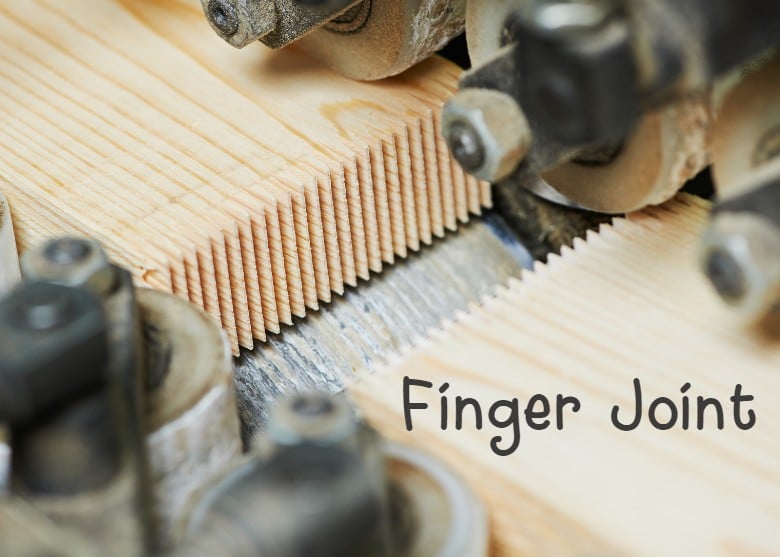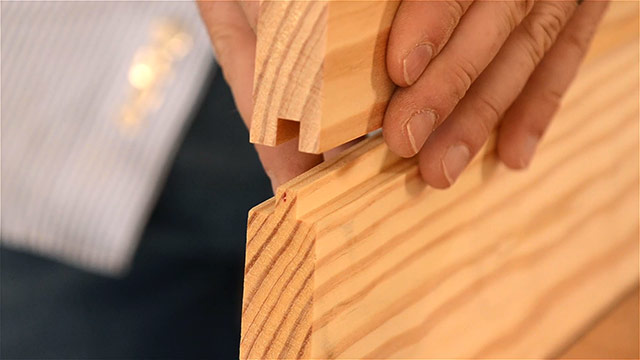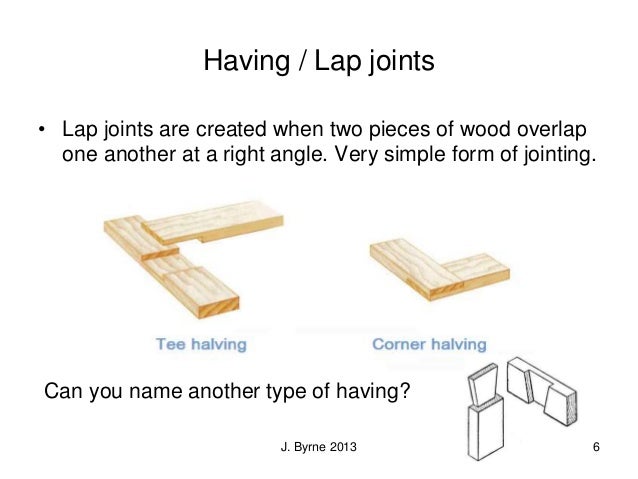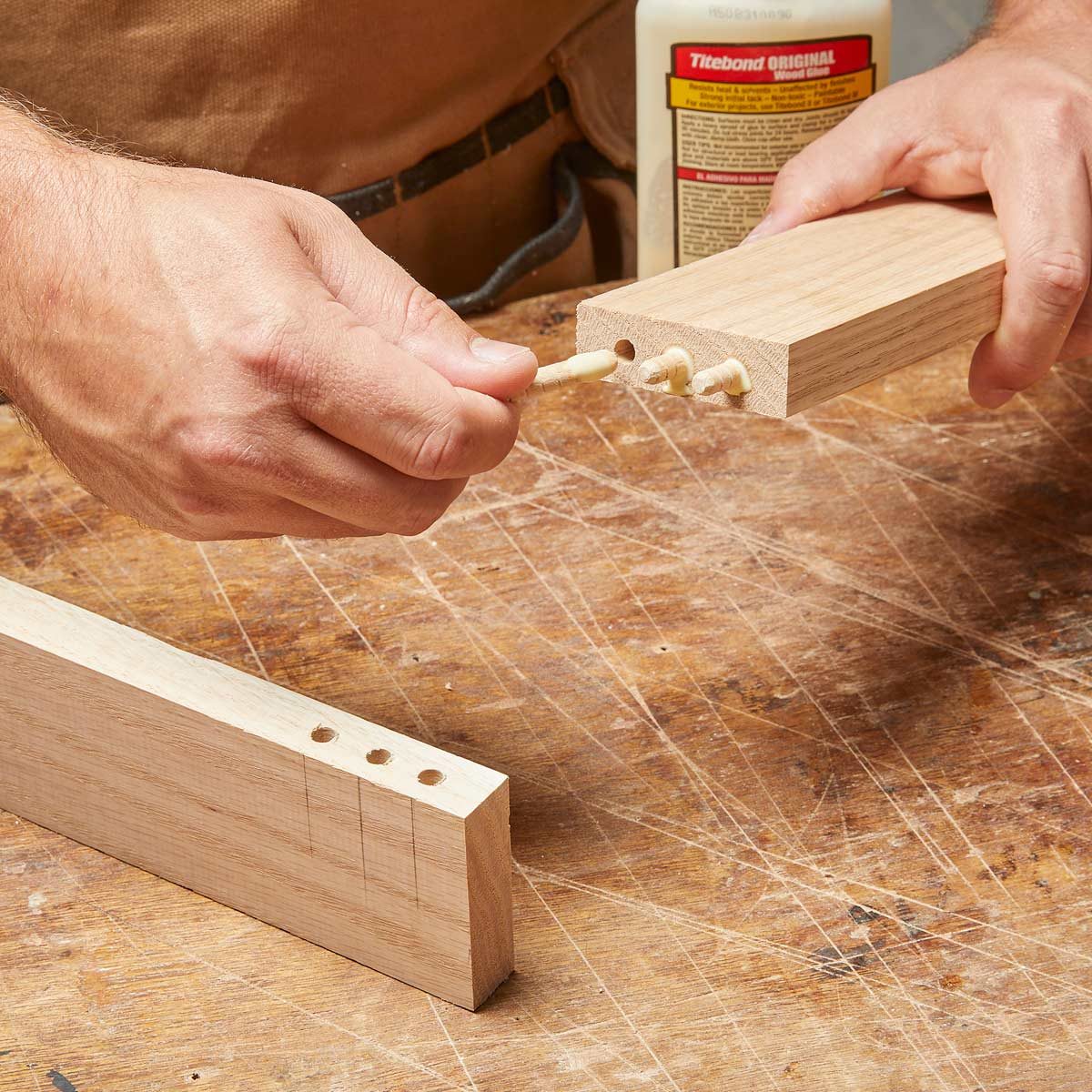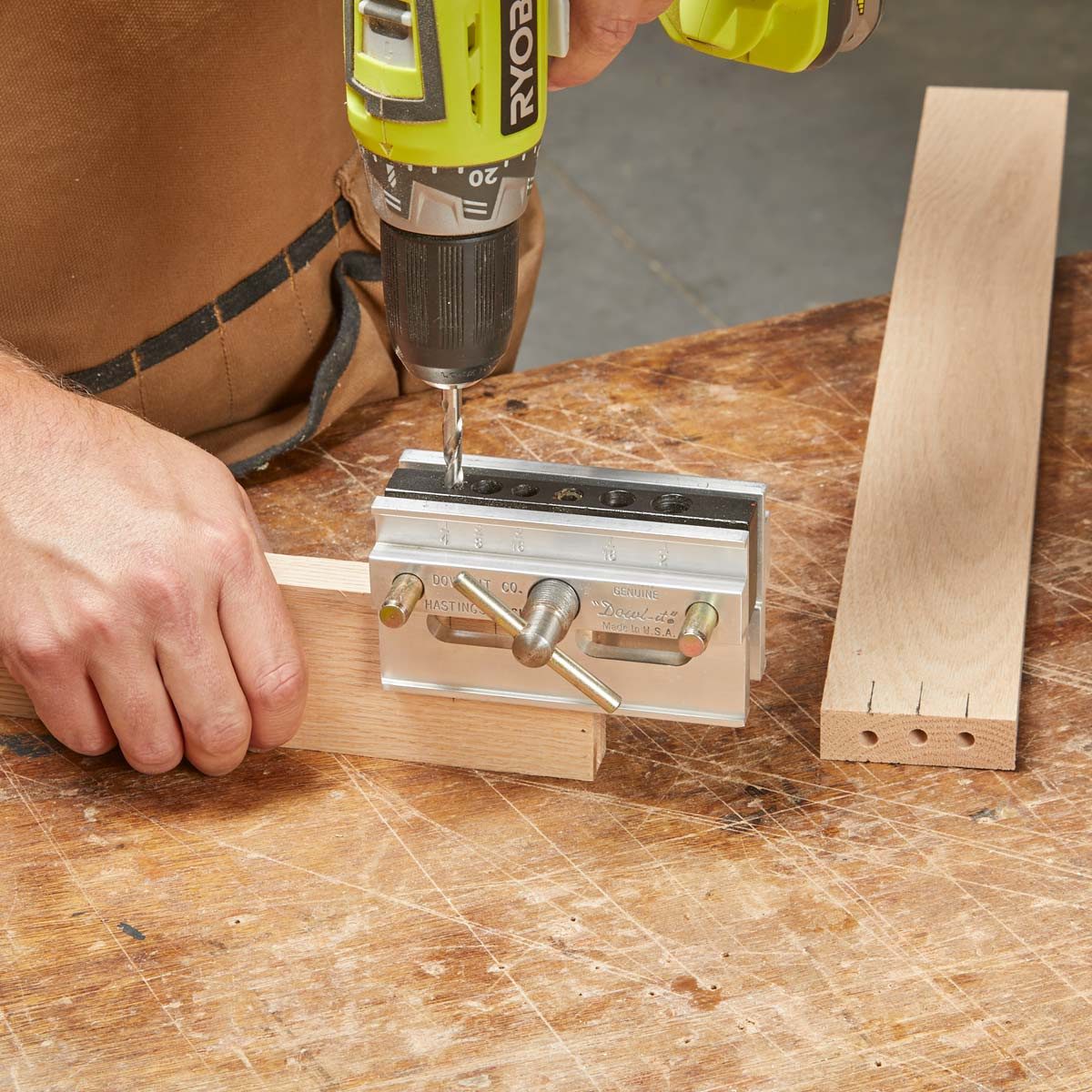Woodworking Joints Pros And Cons. The most recognizable place to find this joint is in a log cabin. Wood joinery is an ancient craft that marries pieces of wood, allowing for the construction of furniture, cabinetry, flooring and framing.
Woodworking Joints Pros And Cons This joint is simple and strong.
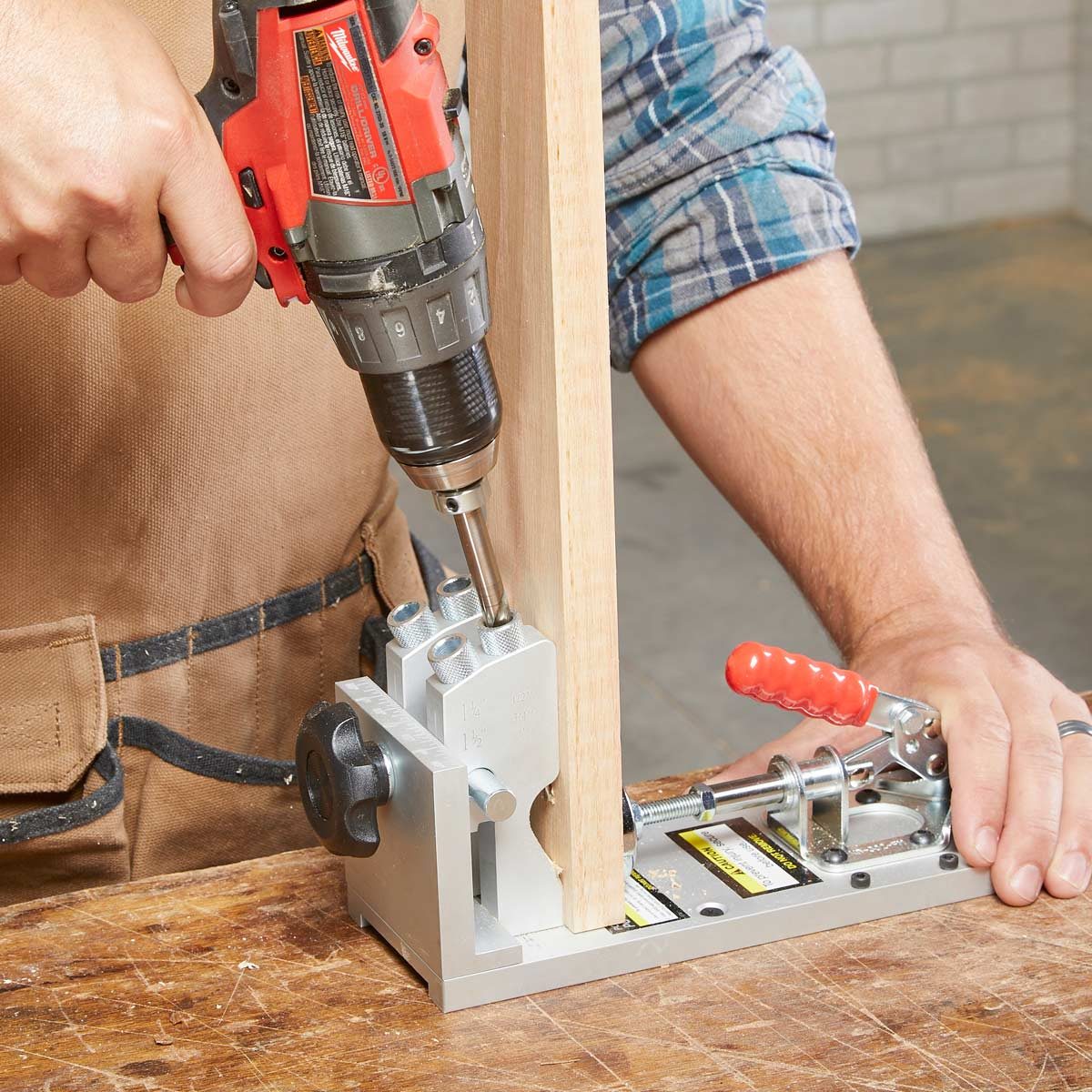


If you are not seasoned in the woodworking industry, you may not be conversant with the use of biscuit joints and thus you might wondering what are some of the pros and cons of biscuit joints. Woodworking Joints Pros And Cons.
Tongues on the right sides of the boards and grooves on the left sides. The pros definitely beat the cons.
Round-cornered, round mortise and square-corner mortise and tenon joints can also be made fairly quickly using a chisel. Woodworking Joints Pros And Cons Although routers were originally designed to create moulded shapes, they can be excellent joinery tools.

Woodworking Joints Pros And Cons Woodworkers form this joint by forming a recess into the edge of the timber.
The lap joint is one of the most common joints used in woodworking to join two pieces of timber together and provides a lot of strength with their ability to resist tension forces. The finger joint wood is not so durable than the other wood like peak wood and need to refinish. after a short period of time. We use finger-jointed studs for many reasons. The finger joint wood can damaged by water. because it is not a water- resistance wood, so take good care of it. Tongue and groove joints are most commonly found in flooring as they allow you to join two edges together to make one flat surface. Creates solid floor and panel joinery. The last big advantage of Mortise and Tenon Joints relates to their durability…over time, these types of joints become more and more reliable as the components become sturdier.It's a slot or trench where another component can be placed inside. Woodworking Joints Pros And Cons.

